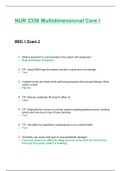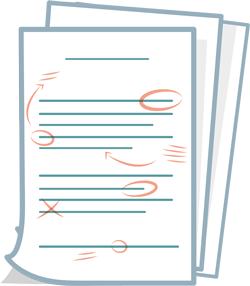Exam (elaborations)
NUR 2356 / NUR2356: Multidimensional Care I / MDC 1 Exam 2 (Latest 2023 / 2024) Rasmussen
- Institution
- Rasmussen College
NUR 2356 Multidimensional Care I MDC 1 Exam 2 1. What is important to communicate to the patient with weakness? - Keep good base of support. 2. T/F: Using ROM helps the patient maintain muscle tone and strength. - True 3. A patient bends the knees while performing exercise with ph...
[Show more]



